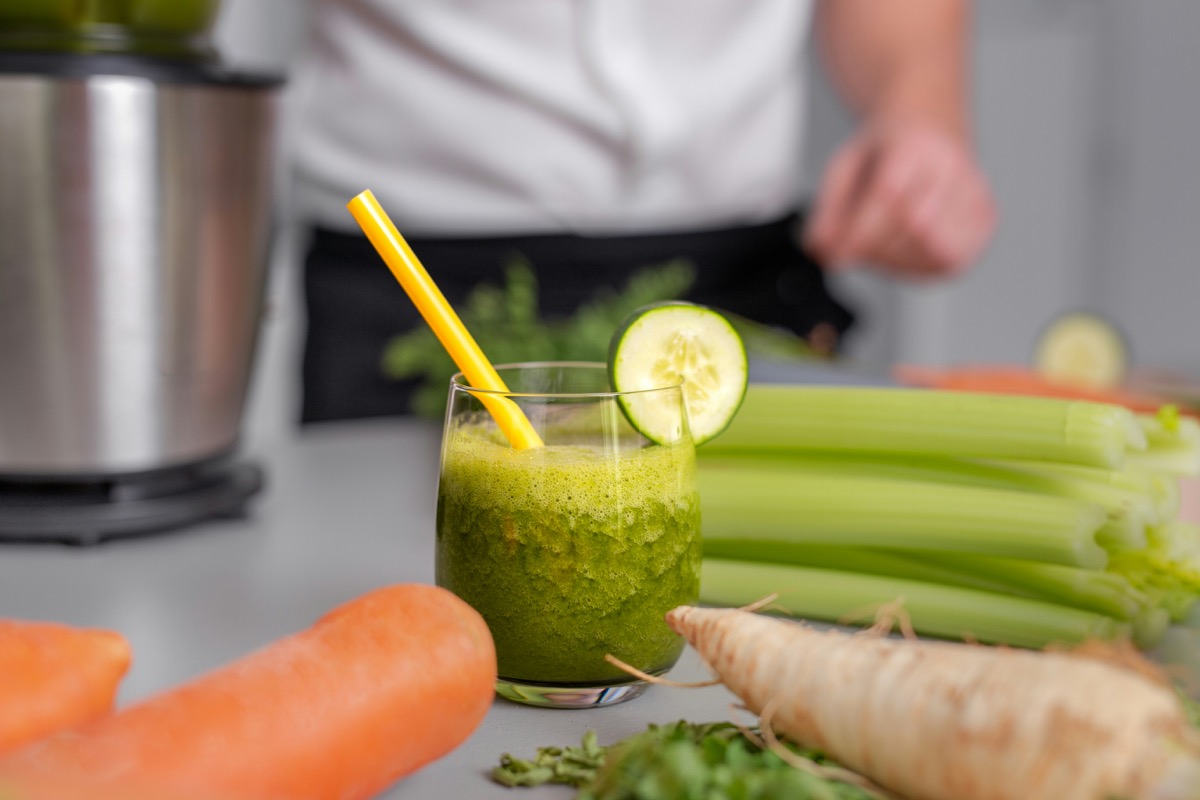Navigating Social Media Influences on Diet & Exercise
How to Stay True to Your Health Goals

In today’s digital age, social media is a constant companion. Whether it’s Instagram reels, TikTok videos, or wellness blogs, we’re flooded with tips, tricks, and transformation stories—many centered on diet and exercise. While some of this content can be inspiring, it can also be overwhelming, misleading, or even damaging.
As a certified health and exercise professional, I’ve seen firsthand how social media shapes people’s perceptions of health. Let’s explore how these influences affect your choices—and how you can stay grounded in your personal health goals.
The Impact of Diet Trends and Influencers on Food Choices
Diet trends dominate social media. From keto to intermittent fasting to “what I eat in a day” videos, influencers often showcase curated highlight reels of their lifestyle. These posts can make certain foods or habits seem like magic solutions for weight loss, energy, or “detoxing.”

The problem? Many of these trends aren’t based on sound science, and they’re rarely tailored to your unique needs. They’re also often not promoted by certified professionals.
What works for one influencer may not work for you—and it doesn’t have to. Your nutritional needs are personal. Chasing every trend can lead to confusion, frustration, and even an unhealthy relationship with food. Remember: social media often highlights extremes, not sustainable, balanced approaches to health.
How Intuitive Eating Helps Cut Through the Noise
Intuitive eating is an evidence-based approach that helps you reconnect with your body’s natural hunger and fullness cues. Instead of following rigid food rules promoted online, it encourages listening inward and responding with self-care, not self-control.
This mindset is especially helpful when navigating social media. For example, when you see a post promoting a restrictive cleanse, pause and ask: “Does this align with what my body needs today?” Intuitive eating shifts the focus from external validation (likes, trends, before-and-after photos) to internal trust and body respect.
By practicing intuitive eating, you create a filter for viewing social media. Instead of reacting impulsively, you’ll learn to assess whether a message supports your well-being—or just sells a quick fix.

Using AteMate to Journal Thoughts and Influences from Social Media
A tool I recommend to clients is the AteMate app, a mindful food journaling platform designed to help you reflect on your eating habits without judgment. Unlike calorie-counting apps, AteMate encourages you to log why you ate, how you felt, and what influenced your choices.
Here’s where it gets powerful: you can also journal about social media’s impact. Did you skip lunch because a reel glorified fasting? Did a wellness influencer’s post trigger guilt about dessert? By documenting these experiences, you gain insight into the patterns that shape your behavior.
This awareness is the first step toward change. Once you see how certain posts affect your mindset, you can curate your feed—muting accounts that promote harmful messages and seeking voices that support body positivity, balance, and authenticity.
Final Thoughts
Social media can be both a friend and a foe on your wellness journey. The key is engaging with it thoughtfully. By understanding the impact of online trends, practicing intuitive eating, and using tools like AteMate to reflect on your experiences, you can stay true to your health goals—and to yourself.
Your journey is not a trend. It’s a lifelong relationship with your body, your values, and your well-being. Choose sources that support you, not pressure you. Stay curious, stay grounded, and most of all, stay kind to yourself.
